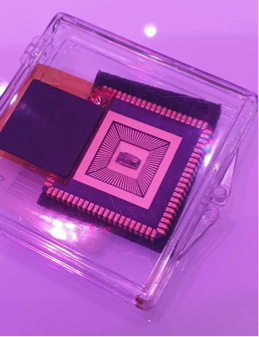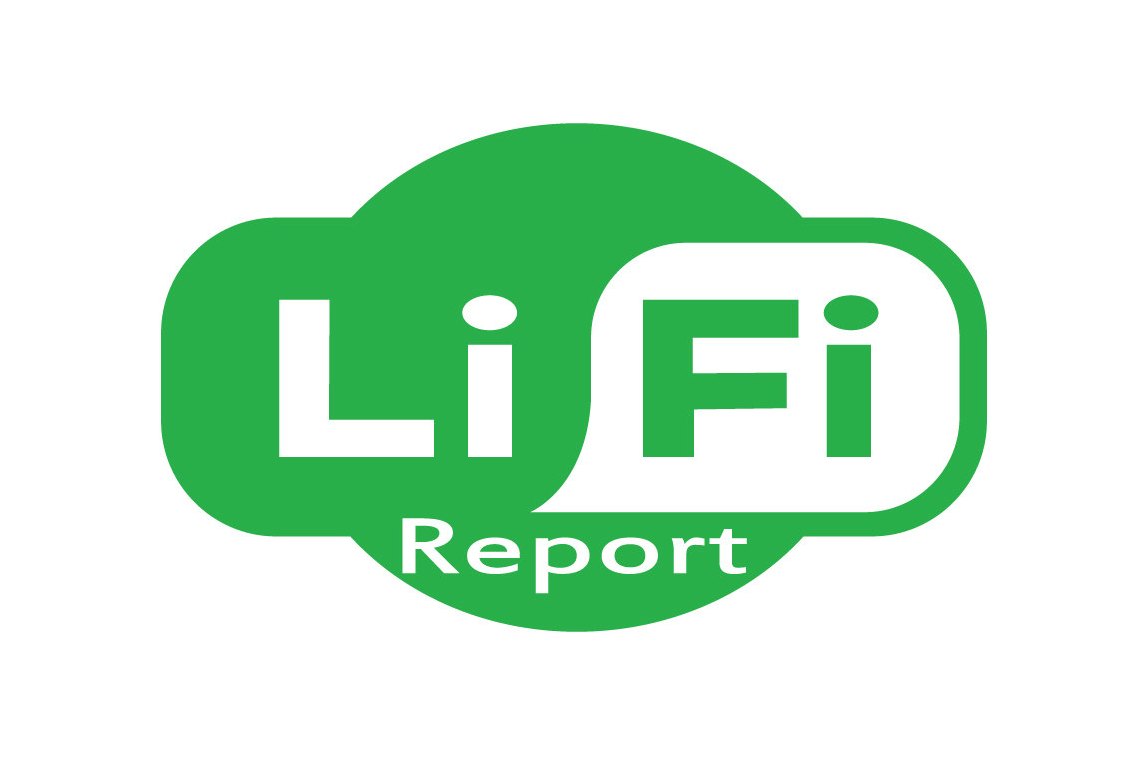Li-Fi then LifiX: History Repeating Itself?
B.Bataillou1 , T.Merelle1, Davies W. de Lima Monteiro2
1 – Pi Lighting, Sion, Switzerland, contact@pi-lighting.com
2- OptMAlab, Optronics & Microtechnologies, UFMG, Brazil
The acceptance of Li-Fi technologies is getting some rapid momentum on the market. Li-Fi combines data transmission through visible light or near infrared with LED illumination. While still a niche, interesting questions to ask ourselves are: Where will it go? Why should it go there? And more importantly: has it happened before?
We can actually find a striking parallel between the current developments of Li-Fi and the history of its big cousin, Wi-Fi.
Five crucial points have enabled Wi-Fi as we know it today:
1- Need for a large quantity of wireless access points
2- Solution to technology bottlenecks
3- Technology Integration
4- Normative space clearing up
5- Solution cost reduction to almost zero.
Need for Wireless: ~2003 and now
Prior to 2000, the average number of connected devices per person was below 8%. A typical home had maybe one computer, and even conventional cell phones were still rare. Wireless communication in homes could at this time could be seen as fancy to save one cable, and the need for wireless was mostly seen in large office spaces. The cell phone and cheap computing era changed everything.
Today, there are 17 billion connected devices (both IoT and non-IoT), indoors and outdoors, fixed or mobile, raising 10% per year. An increase of 3,400% over a decade…
A known phenomenon in city centers or densely populated areas is Wi-Fi clogging. High-speed transmissions become largely impossible and signal shadow zones appear. There are just too many connected devices and interfering networks for Wi-Fi to serve as an efficient transmission tool.
Li-Fi, with a focus on Local Area Networks, is one of the possible solutions there, as networks become physically independent from one another altogether. It guarantees more privacy and data security, and also contributes to clearing the radio frequency space by replacing some WLAN (Wireless Local Area Networks).
This means Li-Fi is also a problem solver for Wi-Fi!
Technology bottlenecks: Bandwidth pre-2007 and now
Wi-Fi took off around 2007 when bandwidth became large enough to handle professional communications. This came from the basic but smart idea of a MIMO (Multiple In, Multiple Out) method, adopted by many manufacturers after a 2007 paper from the Wi-Fi Alliance. Patented LiFiX technology, a new device for Li-Fi, provides… the same, but with light. Up to 64 physically independent channels, arranged as a MIMO.

Figure 1: LifiX cell design. Left, an Emission/Reception cell (LED/Receptor), right, the arrangement of cells in a MIMO. 8 independent wavelength and modulation frequencies providing 64 channels
Technology integration: ~2008 and now
Wi-Fi followed three integration steps.
– The first step from back in 2000’s was an internal card you had to connect to your PC motherboard. This required some technical skills on the user.
A remote parallel we can find today relates to the initial Li-Fi experiments where LED luminaires are physically modified to enable the function.
– Second step was the dongle. A device which you attach to connection ports. Your humble author broke some USB ports due to the clumsy dongle getting hit by something.
This is where we are now on Li-Fi integration. Several dongles have been shown at Global LiFi Congress 2019.
– The third step was the integration of the chipset as a standard function into the PC/Mobile chipset. From 2005 to 2009, the volume of Wi-Fi chips produced increased from 100M to 1 billion.
For this, the use of CMOS-based (silicon) integrated-circuit technology was required, and it enabled the large volumes Wi-Fi chips quickly reached, and the respective low cost per unit.
In the Li-Fi world, to our knowledge this only exists with LifiX, Pi Lighting technology (www.pi-lighting.com), where the CMOS process can be used to enable the volumes Li-Fi could reach, ensure repeatability, easy configuration of secure data transmission and high data rates.

Figure 2 : Early LifiX prototype
“Normative” space: 1999 and now
After initial state acceptance to release 2.4GHz bands, to avoid a multiplicity of standards, in 1999 a Wi-Fi alliance was created, to have industry talk as “one voice”. The term Wi-Fi itself comes from there. https://www.wi-fi.org/
This group coordinated the proposals for upgrades to the Wi-Fi norm.
This part is usually overlooked on product developments but is the key between a fun technological idea and a consolidated industrial proposal.
Precisely 20 years later, last June 2019, a Li-Fi alliance was created, to do exact the same on Li-Fi : http://lightcommunications.org/
Conclusion
To answer the initial questions, we can see Li-Fi is following a very similar route as that for Wi-Fi, becoming at least as pervasive as the latter technology. Li-Fi offers compatibility with illumination infrastructure, more secure data channels, bandwidth expandability, operation both indoors and outdoors, and deployment in environments where radio frequencies are not desirable. Technologies like LifiX, with its full integration, could become the next device you will have, as a standard feature, in your home or office.
While there are 20 years of delay between the maturity of the Wi-Fi norms and the Li-Fi early normative attempts, Wi-Fi development paved the route and Li-Fi should develop faster, pulled by the bigger and bigger hunger for access points from all our connected world.
